
Origin/Endemic status: Native
Other Comments: See Buddell & Thieret (1985) for a very interesting and entertaining account of this plant.
Synonymy: = Ar, C, F, G, GrPl, Il, K1, K3, K4, MC, Mi, Mo2, NY, Ok, Pa, RAB, S, Tn, Va, W, WV, Buddell & Thieret (1985); = n/a – Tat
Heliophily: 1
Hover over a shape, letter, icon, or arrow on the map for definition or see the legend.
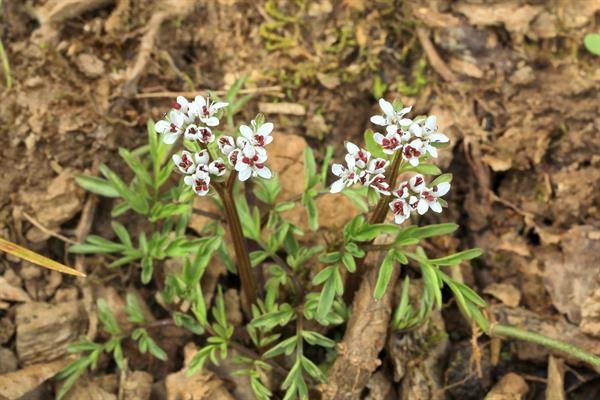 © Alan Cressler: Erigenia bulbosa, Carters Lake Regulation Dam Park, U.S. Army Corps of Engineers, Murray County, Georgia 1 by Alan Cressler source | Original Image ⭷
© Alan Cressler: Erigenia bulbosa, Carters Lake Regulation Dam Park, U.S. Army Corps of Engineers, Murray County, Georgia 1 by Alan Cressler source | Original Image ⭷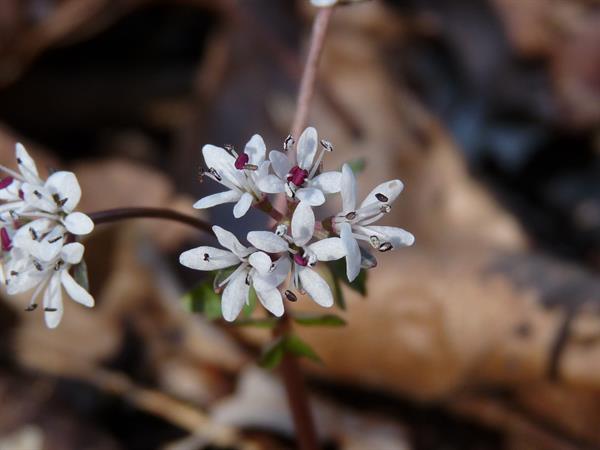 © Richard & Teresa Ware CC-BY-NC, permission granted to NCBG | Original Image ⭷
© Richard & Teresa Ware CC-BY-NC, permission granted to NCBG | Original Image ⭷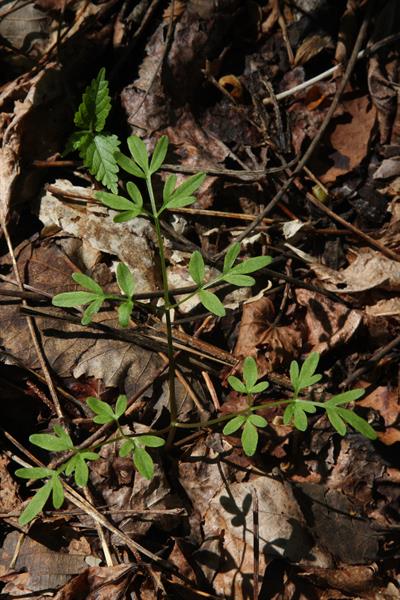 © Bruce A. Sorrie | Original Image ⭷
© Bruce A. Sorrie | Original Image ⭷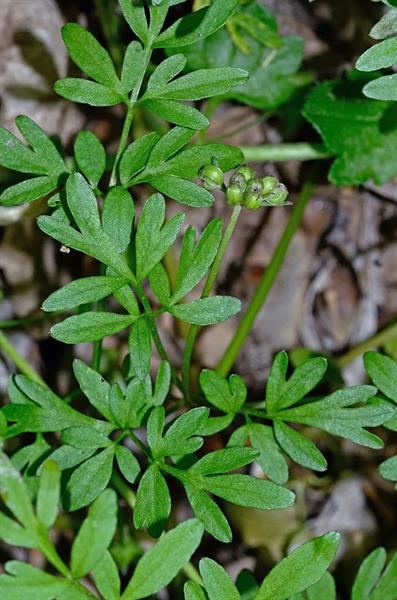 © Gary P. Fleming | Original Image ⭷
© Gary P. Fleming | Original Image ⭷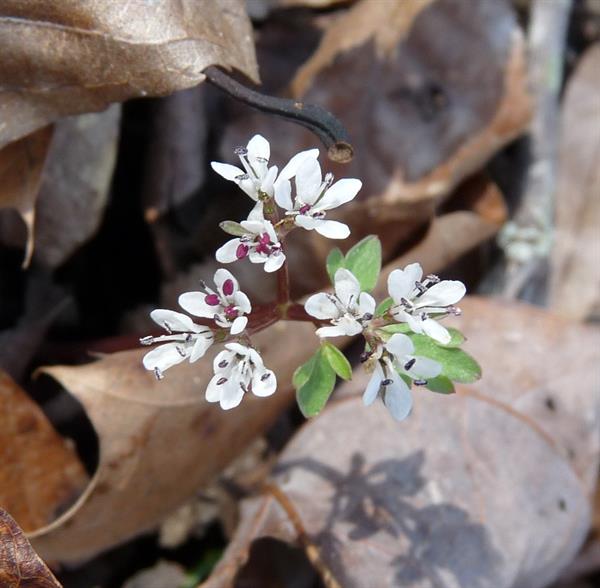 © Richard & Teresa Ware CC-BY-NC, permission granted to NCBG | Original Image ⭷
© Richard & Teresa Ware CC-BY-NC, permission granted to NCBG | Original Image ⭷ © Gary P. Fleming | Original Image ⭷
© Gary P. Fleming | Original Image ⭷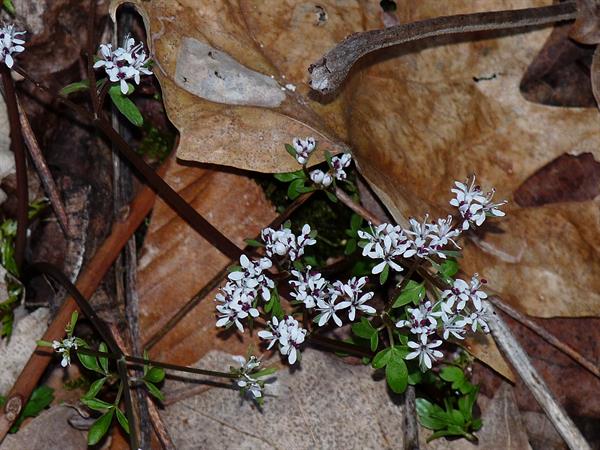 © Richard & Teresa Ware CC-BY-NC, permission granted to NCBG | Original Image ⭷
© Richard & Teresa Ware CC-BY-NC, permission granted to NCBG | Original Image ⭷Feedback
See something wrong or missing on about Erigenia bulbosa? Let us know here: (Please include your name and email if at all complicated so we can clarify if needed.)
Cite as...